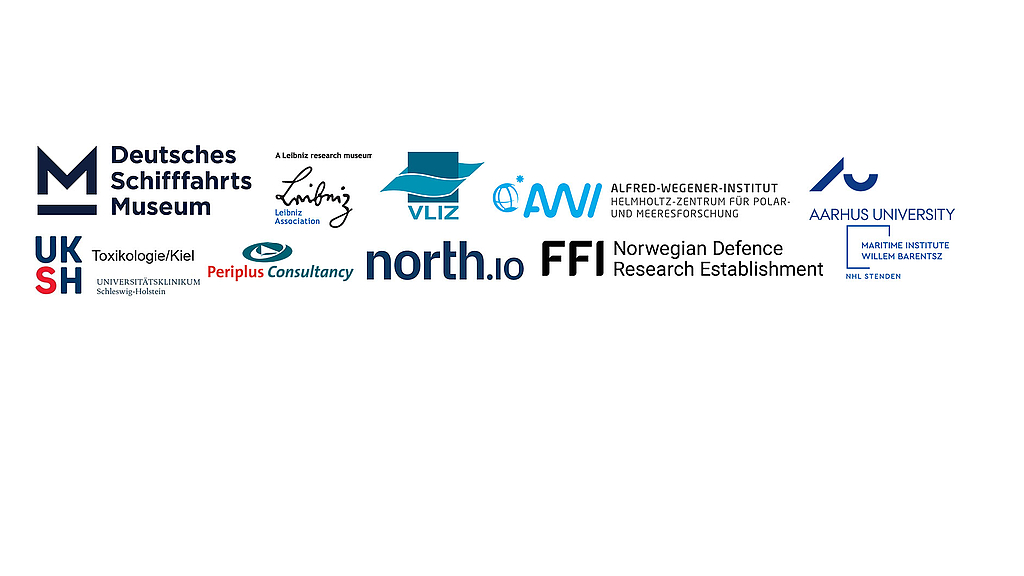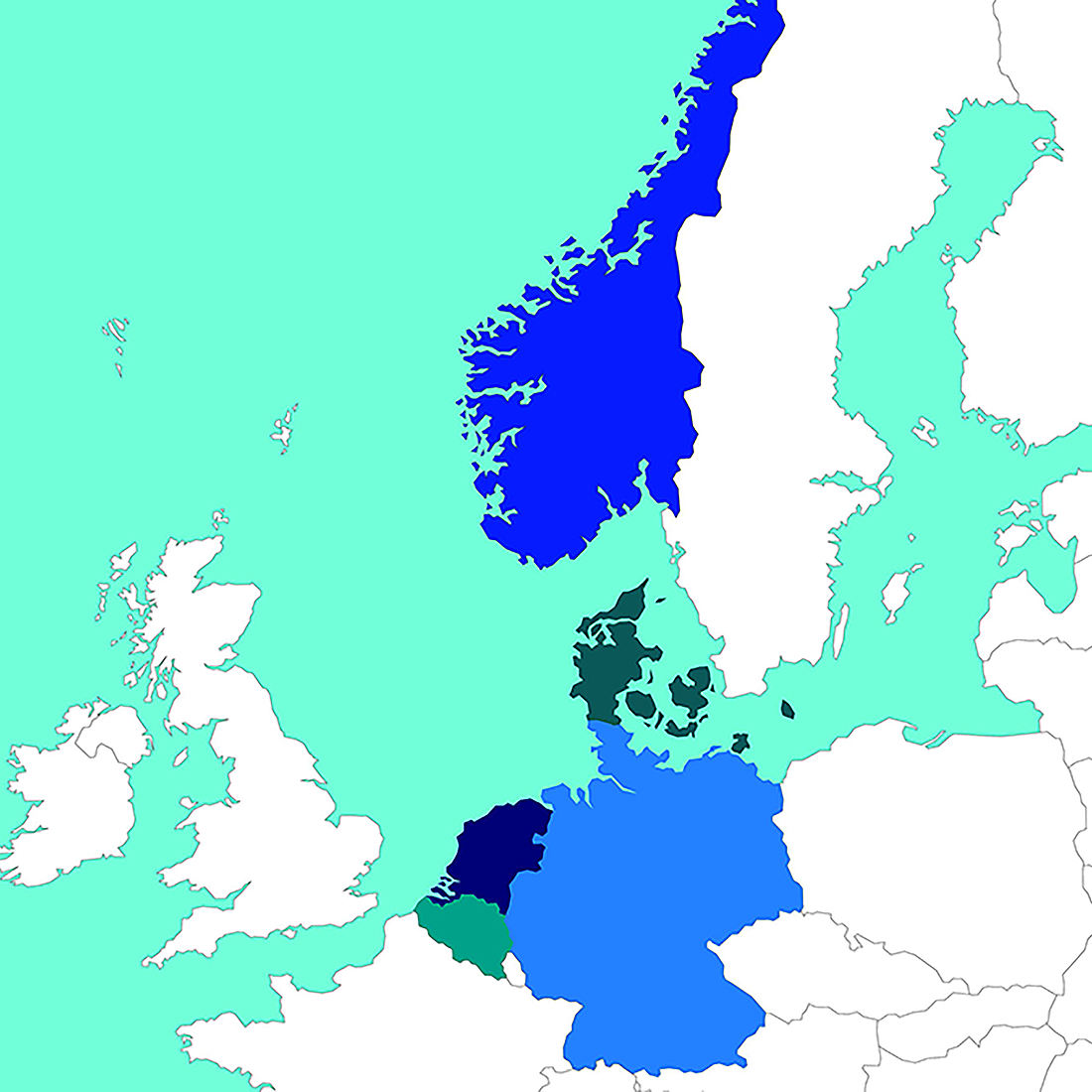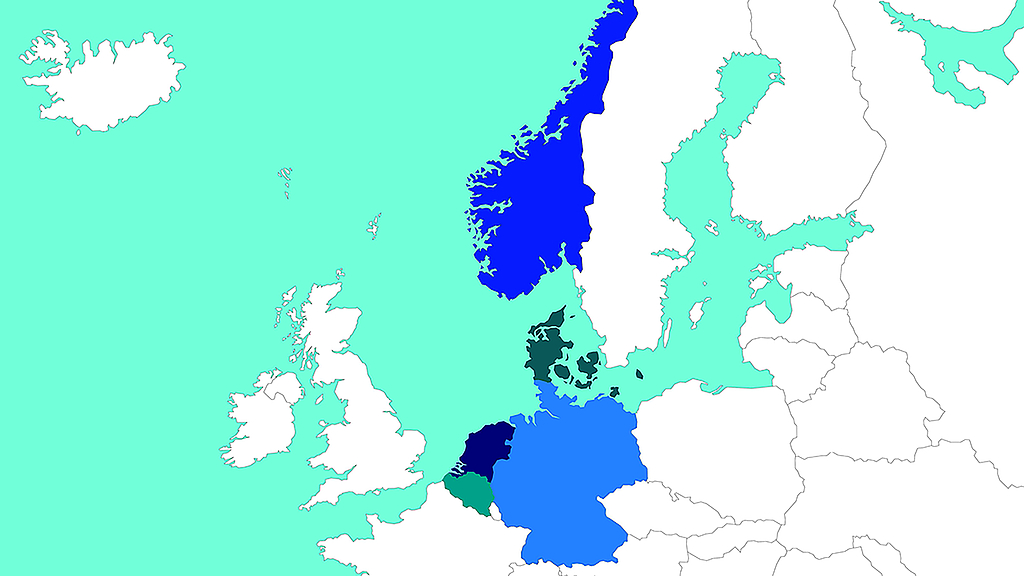History and Future of the NSW Project
In Spring 2017, a group of experts came together at the German Maritime Museum to discuss the future of the museum’s internal database of ship wrecks. It had been part of a project for the German Hydrographic Agency showing ship wrecks with a heritage “value”. The scientists were aware that some wrecks still contain hazardous munitions that may have negative environmental effects, caused by toxic and carcinogenic chemicals being released from rusting containers.
In consultation with the German Programme on Underwater Munitions, a working group under the umbrella of BLANO (Bund/Länder-Arbeitsgemeinschaft Nord- und Ostsee) met for the first time in Summer 2017. Here we decided to investigate wrecks that still contain ammunition and fuel oil because they are considered a hazardous legacy of wars and therefore an important source of contamination in the North Sea. We could draw on recently published scientific results from Baltic Sea projects regarding WWI and WWII remains.
As this subject of research has a cross-border dimension, we started looking for European partners and a suitable funder. The EU-Interreg North Sea Region programme was soon identified and a basic consortium made up of 18 interested parties presented an “Expression of Interest” in August 2017.
Our concept was positively evaluated and the consortium was invited to a project-development meeting in January 2018 in Bremerhaven. We were (and are) lucky to have a high number of strongly committed comprehensive scientific and regional authorities that form the partnership of the project NSW. In particular, we benefit from previous and ongoing projects, e.g. UDEMM (https://udemm.geomar.de), MODUM (http://www.iopan.gda.pl/MODUM/), DAIMON 1 and 2 (https://www.daimonproject.com).
The Interreg North Sea Region programme covers the entire North Sea, including the Skagerrak and Norwegian areas. Forty-nine regions in seven countries cover ca. 60 million citizens and 800 project partners and stakeholders. Four thematic areas address the innovation capacity of private small and medium-sized enterprises (SMEs) and public services; eco-innovation and green products/services; a sustainable region with blue growth and green transport and mobility.
In March 2018, a full project application from a partnership covering six countries was submitted. An Advisory Board monitors and supports the project development and provides valuable expertise and guidance. Without these committed individuals and authorities, the project would not be able to cover the areas the consortium currently does.
The project proposal was approved in Summer 2018 and work started at the first meeting in October 2018. We hold 2-3 coordination meetings per year. Since the COVID-19 pandemic these meetings take place as videoconferences. Progress is impressive, we discover new challenges regularly.
In June 2021, a project extension was approved that will allow the partners to carry out new assessments, including hazards beyond ammunition, and to include other cargo-derived risks (including fuel) to human safety, the environment, economy and now food safety. A new work package was added prototyping a North Sea Marine Food Chain Model.
The added capacity will enable us to conduct an overview study about the state of the art remediation methods of avoiding blast-in-place operations with their negative impacts, especially for marine mammals and diving birds. Decreasing numbers of underwater detonations will also help to minimize the introduction of toxic explosives into the water column as consequence of incomplete underwater detonation.
Meanwhile, the 2023 research project is being continued under the name REMARCO.
Partner
-


